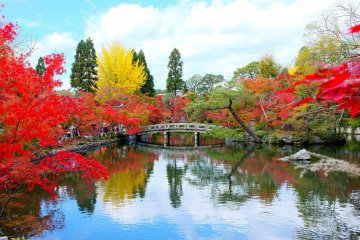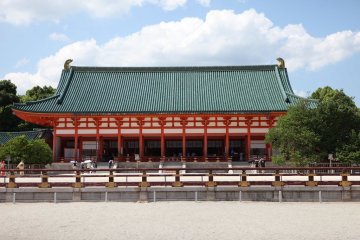

Nanzenji (南禅寺), established in 1291 was converted from a former residence of Emperor Kameyama upon his death.

Eikando Temple (永観堂), formerly known as Zenrin-ji temple, was established in 853 and is the head temple for the Seizan branch of Japan's Jōdo-shū Buddhist sect. The temple is known for its autumn scenery.

The National Museum of Modern Art, Kyoto, also known as MoMAK, is a short 6- to 10-minute walk from Higashiyama Station and houses an impressive collection of twentieth-century artwork from around Japan and the world, with a particular focus on Japanese-style paintings from Kyoto and the Kansai area. Admire paintings, prints, sculptures, ceramics, crafts, and photography. The museum hosts five special and traveling exhibits every year and rotates the artwork displayed in the Collection Gallery about five times a year, making no two visits the same. The Collection Gallery also serves as a site for workshops and educational programs. On the first floor, you can enjoy a light snack at the museum’s cafe and peruse the museum shop. MoMAK’s exterior itself is a work of art. Designed by Maki Fumihiko and completed in 1986, the unique combination of granite tiles and glass windows is an ode to the grid layout of Kyoto.

The Heian Shrine is a Shinto shrine located in Sakyō-ku, Kyoto, Japan. The Shrine is ranked as a Beppyō Jinja by the Association of Shinto Shrines. It is listed as an important cultural property of Japan. [Wikipedia]